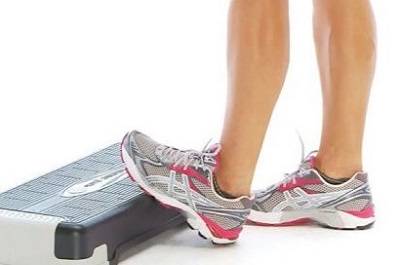Thoracic outlet syndrome is a collection of disorders that can cause pain in your shoulders, neck and numbness in the arm and hand. Here are some facts about thoracic outlet syndrome you should know.
The Definition of Thoracic Outlet Syndrome
Thoracic outlet syndrome (TOS) is caused by compression to the brachial plexus. (A network of nerves formed by the anterior rami of the lower four cervical nerves and first thoracic nerve). It may include the compression of the subclavian artery and vein, located anteriorly at the base of the neck and axilla.

The thoracic outlet refers to the area between the first rib and the clavicle where the brachial plexus traverses. TOS is classified as neurogenic TOS which accounts for 95-98% of cases and vascular TOS.
Causes of thoracic outlet syndrome
TOS can be familial as a result of anatomic abnormalities; such as a cervical rib located above the first rib or an unusually tight band of fibrous connective tissue between the spine and first rib. Trauma, repetitive strain, heavy lifting and poor posture including kyphosis, can compress the thoracic outlet. Hypertonus of the scalenes, or pectoralis minor can lift the first rib upwards causing compression or compressing the brachial plexus against the ribcage.

Signs and symptoms of thoracic outlet syndrome
Common presenting symptoms of TOS include pain and paresthesias (neurological symptoms such as; numbness, burning prickling, tingling or itching sensations) down the affected arm. Muscle weakness (weak grip) is also often present. Neck and chest pain are also symptoms. The affected arm may have lymphedema (swelling) and be discoloured and cool to the touch, where compression involves the blood vessels.
Is massage beneficial?
The fact is massage is beneficial to TOS. However, surgery may be required where the cause is anatomic abnormality. This is considered a last resort treatment. Referral would be indicated in severe cases not relieved by physical therapy.

The approach to treatment depends on the presence of lymphedema;
Lymphedema present
Use of heat and all forms of thermotherapy are contraindicated. The affected limb should be elevated above the heart level. Massage should only be performed by a qualified manual lymphatic drainage specialist. Deep tissue massage is contraindicated.
Lymphedema absent
Massage should focus on reducing muscle tension and enhancing circulation. Deep-gliding, friction and kneading strokes are helpful as are techniques for addressing trigger points, and releasing muscular adhesions. Massage to the entire shoulder girdle and arm. Muscles to particularly target include; pertoralis major and minor, scalenes, sternocleidomastoid, trapezius and levator scapulae. Massage to these identified muscles should be from origin to insertion. Heat and passive neck stretches can be applied.
Some recommended stretches and exercises for thoracic outlet syndrome.
ALM Remedial offers massage and myotherapy treatments for thoracic outlet to the Yarra Valley and surrounding areas.


